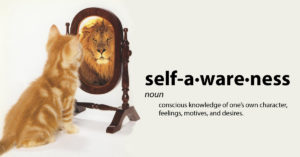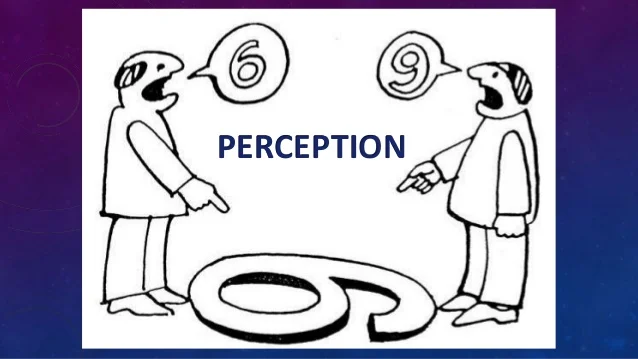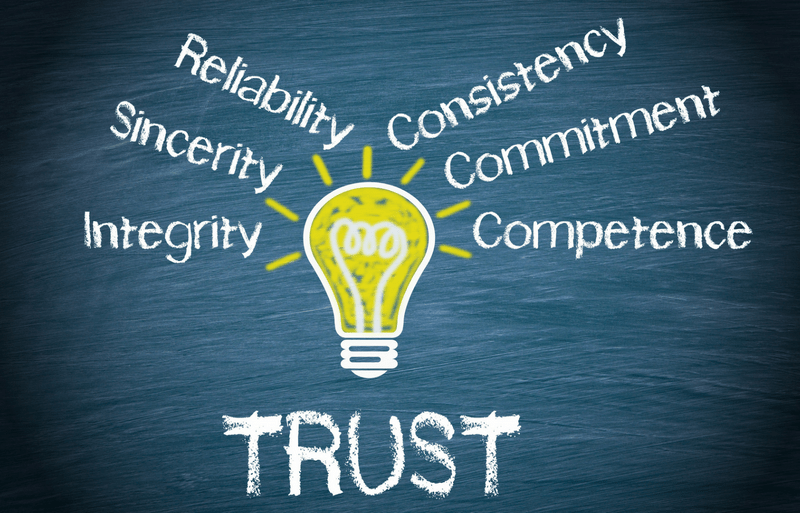Self-awareness is defined as being aware of the internal aspects of one's nature, such as personality traits, beliefs, emotions, and perceptions, and appreciating how your patterns affect other people (Daft & Marcic, 2017). To be able to understand others, or to understand any situation better, it is much important to first be able to understand ourselves. It is necessary to be aware of my own pattern of behavior, my own strength, and weaknesses. While it is an important aspect, it is not totally an easy thing to do. I have always tried my best to maintain my self -awareness. I have practiced the two ways that are stated in the "Understanding Management" book. The first one is soliciting feedback. I am open to opinions from others about myself as I believe I may not know myself the best. People's feedback on my own behavior is valuable as they tell me about what I may not be aware of myself. Besides, the second practice is by using self-assessment. This is by using self-inquiry and reflection to gain insights about myself that are reflected in the scores of the self-assessment results. Nowadays, there are various platforms or mediums that can be used for self-assessment. It could define my behavior, attitude, or leadership skill.
Perception is the cognitive process that people use to make sense out of the environment by selecting, organizing, and interpreting information from the environment (Daft & Marcic, 2017). The perception process consists of three steps: (1) observe, (2) screen, (3) organize. During the first step, I observe the information using my senses, such as see and hear my surrounding. Then, I screen the information and select what information I need to process. Then, I organize the selected data into patterns for interpretation and response. During this perception process, it is important to judge and analyze the situation based on logic and facts instead of having personal judgment or bias. Bias judgment could result in perceptual distortions that are errors in perceptual judgment that arise from inaccuracies in any part of the perception process. It could also be a result of stereotyping, the tendency to assign an individual to a group or broad category and then to attribute widely held generalizations about the group to the individual (Daft & Marcic, 2017). It is also important for me to be able to emphasize inquiry and reflection rather than judgment and reaction. This could help me to prevent myself from being bias and just following what I have always done, or what is usually being done. This is stressed out in study notes 8: Understanding Behavior (Kaiser, 2017). By having the right process in making perception, it could help me to produce more rational decisions and help me to be less biased. Attributions, on the other hand, is defined as a judgment about what caused a person's behavior- something about the person or something about the situation (Daft & Marcic, 2017). Attribution is divided into two types: (1) internal attribution says that characteristics of the individual caused the person to behave in a certain way, (2) external attribution places the cause on aspects of the situation (Daft & Marcic, 2017). It is important for me to able to judge correctly the attribution of the problem or the situation. This is to prevent from making the fundamental attribution error that is a tendency to underestimate the influence of external factors on another person's behavior and to overestimate the influence of internal factors (Daft & Marcic, 2017). Understanding the right attribution helps me to make a better decision and not put the blame on the wrong attribution.
Moving on, trust is an important component of organizational commitment. Organizational commitment is an employee's loyalty to and engagement with the organization. As mentioned by Peter Drucker, the management scholar and author of Management Challenges for the 21st Century, "Organizations are no longer built on force. They are increasingly built on trust." Thus, trust is an important aspect as it needs to be both gains and earned. To build on trust, I need to first understand the other parties and build on likable behaviors. These likable behaviors could help me to develop and build trust with other people. It could also help me to become more comfortable with them, thus maintain our trust relationship.
List of likable behaviors: "11 Habits of Ridiculously Likeable People" (Bradberry, 2016)
- Be genuine
- Ask thoughtful questions
- Don't pass judgment
- Don't seek attention
- Be consistent
- Use positive body language
- Leave a strong first impression
- Greet people by name
- Smile
- Know who to touch
- Balance passion and fun



Comments
Post a Comment